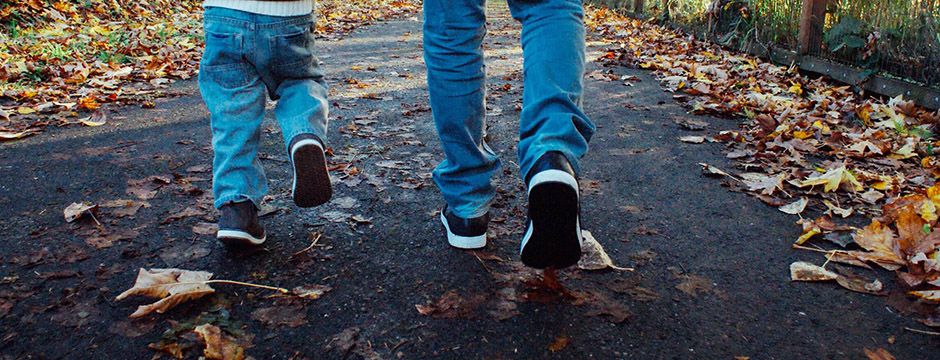SUGAR QUIZZES
How much do you really know about sugar?
A lot has been written about sugar, which has led to all kinds of misconceptions so we’ve created a series of quizzes to help separate fact from fiction.
Find out how much you really know about sugar today, we think some of the answers may surprise you!
Got more questions? Head over to our videos – one of our experts might be able to answer them.
We’ll be adding new quizzes as we go, so don’t forget to check back for updates.
Good luck!
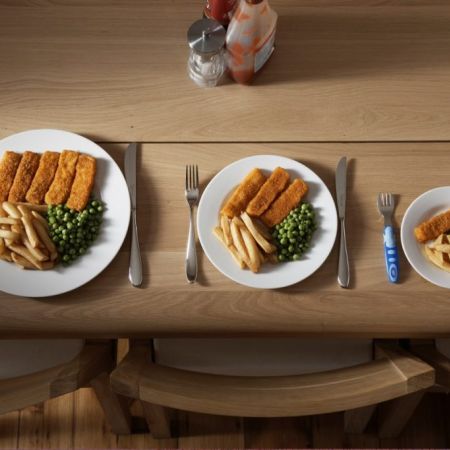
Portion sizes for adults
Think you know the right portion size for you? Test your knowledge with this quiz from the British Nutrition Foundation.
Portion sizes for adults
Think you know the right portion size for you? Test your knowledge with this quiz from the British Nutrition Foundation.
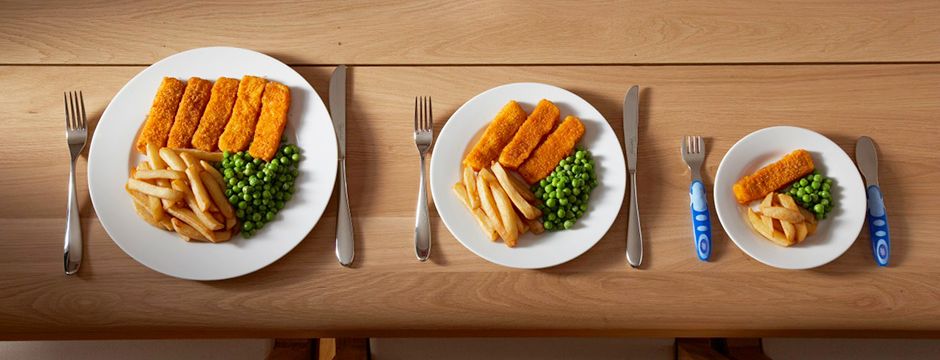
Question 1 of 5
Serving larger portion sizes may encourage us to eat more.
Fact
False
Research* has shown that people consume more food and drink when offered larger-sized portions than when offered smaller-sized versions. This means we may consume more calories than we need which, over time, will lead to weight gain. Use the British Nutrition Foundation’s portion size guidance to help you get the right portion sizes for you. *Hollands GJ, Shemilt I, Marteau TM, Jebb SA, Lewis HB, Wei Y, Higgins JPT, Ogilvie D. Portion, package or tableware size for changing selection and consumption of food, alcohol and tobacco. Cochrane Database of Systematic Reviews 2015, Issue 9. Art. No.: CD011045. DOI: 10.1002/14651858.CD011045.pub2 https://www.cochrane.org/CD011045/PUBHLTH_portion-package-or-tableware-size-changing-selection-and-consumption-food-alcohol-and-tobacco *https://www.ncbi.nlm.nih.gov/pmc/articles/PMC4355088/
Well done!

Question 2 of 5
It’s okay to have lots of treats like cakes and biscuits
Fact
Fiction
No, treats like chocolate, cakes, biscuits, salty snacks, sugary soft drinks, and ice cream are high in saturated fat, salt and sugar, and are not needed in our diet so should be eaten less often and in smaller amounts, if eaten at all.
Well done!

Question 3 of 5
Adults should aim to have 3 portions of fruit and vegetables everyday.
Fact
Fiction
Adults should aim to eat at least 5 portions of a variety of fruit and vegetables each day – more is better! Fruit and vegetables are a good source of vitamins, minerals and fibre. You can choose from fresh, frozen, canned, dried or juiced. But remember that fruit juice and smoothies should be limited to no more than a combined total of 150ml a day.
Well done!

Question 4 of 5
The average healthy adult woman needs about 2000 calories a day
Fact
Fiction
The recommendation of 2000 calories a day is based on an average woman and can be used as a guide, but each person’s daily requirement varies depending on age, metabolism and levels of physical activity, among other things. Most adults consume more calories than they need.
Well done!

Question 5 of 5
An adults’ portion size of dried spaghetti can be measured using your finger and thumb to create the size of a £1 coin. HINT: you may need to look at the Portion Size guide!
Fact
Fiction
A handy way to get an adult’s portion size is to use your finger and thumb to measure a bunch the size of a £1 coin. It’s hard to judge how much dried pasta we need without getting the scales out and many of us use too much forgetting how much it expands when it’s cooked. Check out the portion size guide for other handy tips about measuring different portions for all sorts of foods! https://www.nutrition.org.uk/media/ohunys2u/your-balanced-diet_16pp_final_web.pdf
Well done!
Next question

Portion sizes for children
Do you know the facts on portion sizes and healthy eating for kids? Find out more with this quiz
Portion sizes for children
Do you know the facts on portion sizes and healthy eating for kids? Find out more with this quiz

Question 1 of 6
The size of a plate can influence how much a child eats.
Fact
Fiction
Incorrect!
Well done!

Question 2 of 6
The amount of food and drinks a child requires is affected by their size, age, gender and activity level.
Fact
Fiction
Incorrect!
Well done!
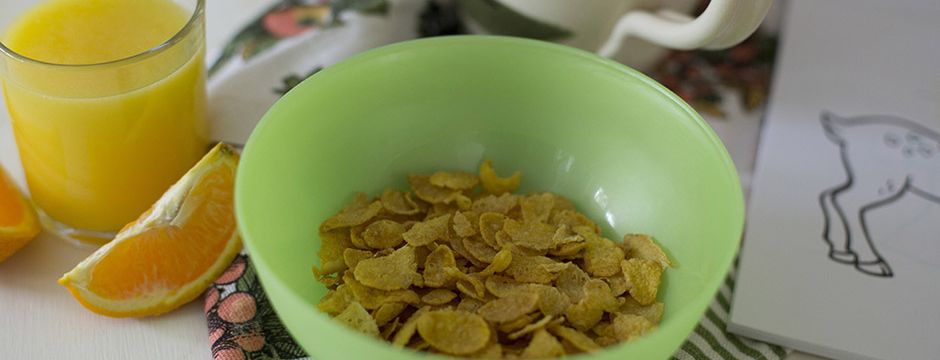
Question 3 of 6
Children should always eat everything on their plate, even if they say they are full.
Fact
Fiction
Incorrect!
Well done!
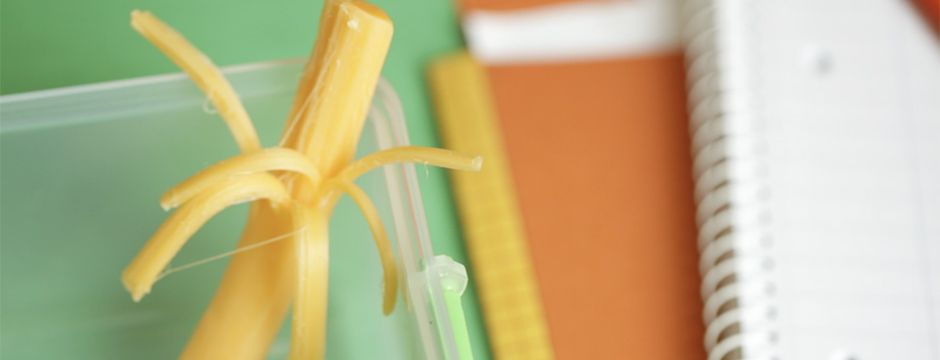
Question 4 of 6
Sugars have no role in a child’s diet.
Fact
Fiction
Incorrect!
Well done!
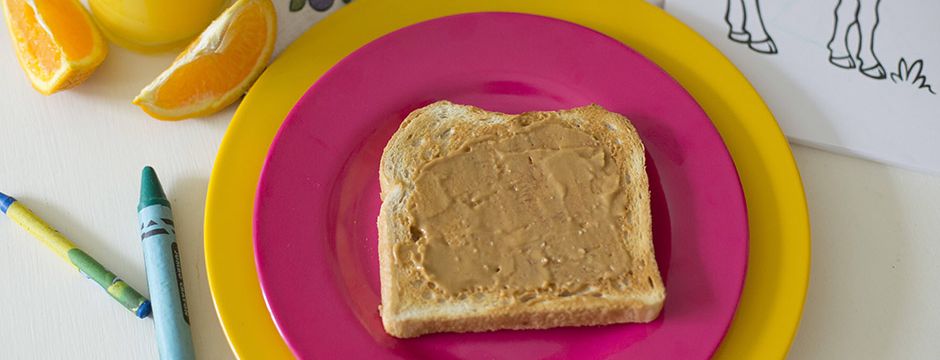
Question 5 of 6
It’s a good idea to give children smaller portions at mealtimes to begin with, so they can ask for more if they are still hungry.
Fact
Fiction
Incorrect!
Well done!
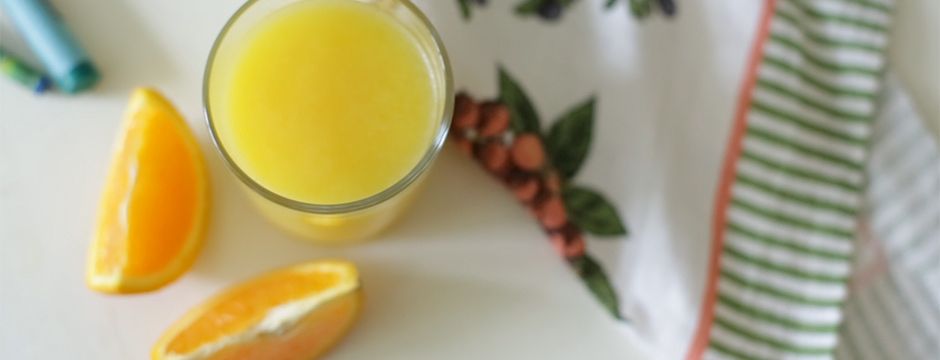
Question 6 of 6
Fruit juice can be included in my child’s lunchbox.
Fact
Fiction
Incorrect!
Well done!
Next question
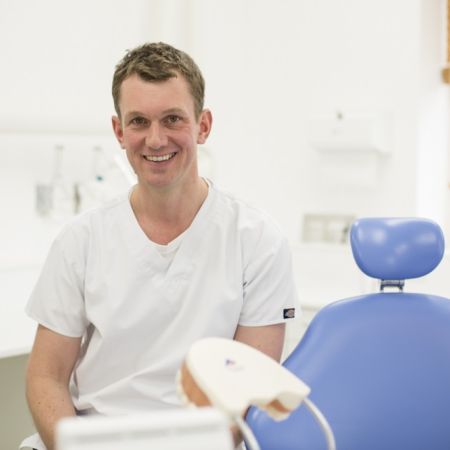
Good habits for life
Do you know the facts about good dental habits? Find out with our second quiz from Dr James Russell.
Good habits for life
Do you know the facts about good dental habits? Find out with our second quiz from Dr James Russell.

Question 1 of 5
You should first take your child to see the dentist around the age of two.
Fact
Fiction
You should take your child for their first dental check-up around the age of two. In order to get them used to the dental surgery and be familiar with their dentist you should also try to take them with you to your appointments before this age. This will help reduce any fear and make them more comfortable when it is time for their own appointment.
Well done!
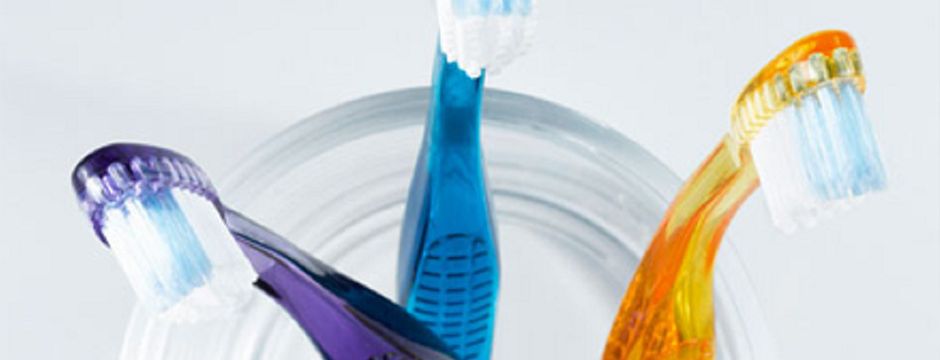
Question 2 of 5
You should get a new toothbrush once a year.
Fact
Fiction
It is best to try and change your tooth brush frequently as no matter what type of tooth brush you use the bristles can become frayed, softer and lose their effectiveness. I recommend changing your toothbrush every two to three months.
Well done!

Question 3 of 5
You should brush your teeth at least twice a day.
Fact
Fiction
It is important to brush your teeth twice a day to keep your mouth clean and healthy. Plaque is a film of bacteria that coats your teeth and if you don't brush them properly it contributes to gum disease and tooth decay. Tooth brushing stops plaque building up.
Well done!

Question 4 of 5
You should brush your teeth for as long as you like.
Fact
Fiction
It is best to clean your teeth for 2 minutes making sure you clean all the surfaces of every tooth.
Well done!
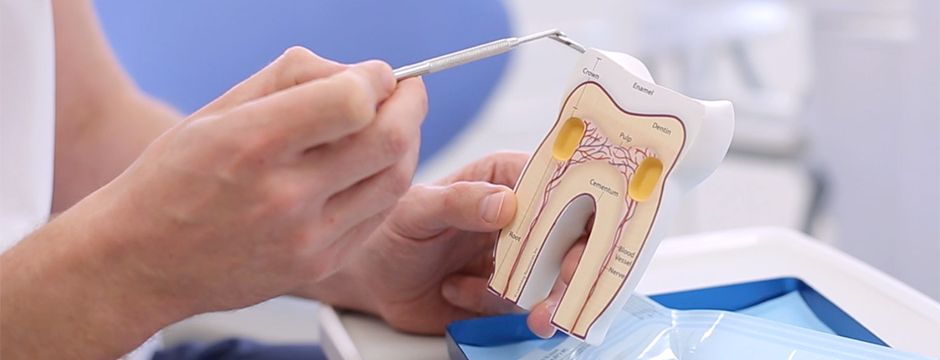
Question 5 of 5
It is the fermentable carbohydrates which can cause tooth decay. For example, sweets, bananas, bread and yogurts all contain fermentable carbohydrates.
Fact
Fiction
Fermentable carbohydrates can be found in sugary, starchy and milky foods. To help you protect your teeth against tooth decay try reducing the frequency of eating and drinking, trying to stick to meal times.
Well done!
Next question
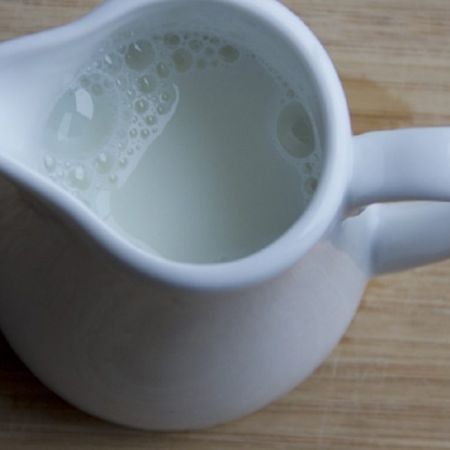
Dental myth busting
Do you know the truth about teeth? Bust some dental myths with our first quiz from Dr James Russell.
Dental myth busting
Do you know the truth about teeth? Bust some dental myths with our first quiz from Dr James Russell.
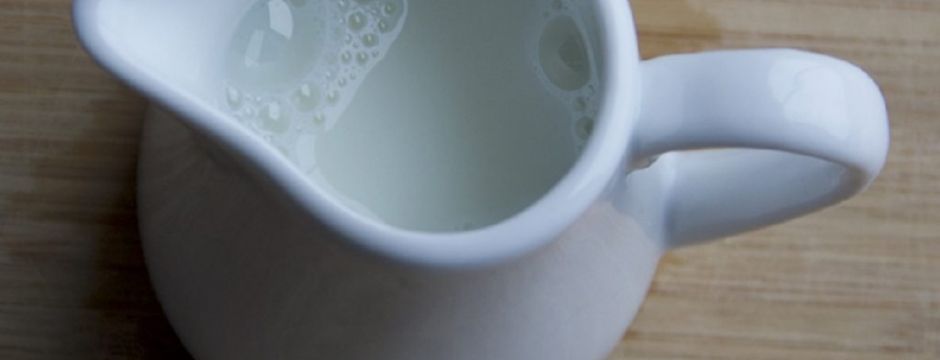
Question 1 of 5
Drinking milk after brushing won’t damage teeth as it contains calcium.
Fact
Fiction
Milk contains calcium which can help to build strong teeth, however the lactose in the milk contains fermentable carbohydrates. These can be broken down by the bacteria in your mouth to produce acid. This acid can then dissolve away some of the enamel surface of your teeth leading to decay. If you need a drink after brushing it’s best to choose water.
Well done!

Question 2 of 5
Sugary foods and drinks are the only thing that causes tooth decay.
Fact
Fiction
Tooth decay is mainly caused by foods and drinks that contain fermentable carbohydrates. These are present in sugary, milky and starchy foods and drinks ranging from sweets and biscuits, to fruit and vegetables, milk and bread. To limit the amount your teeth are exposed try to reduce the frequency of your food and drink by sticking to meal times.
Well done!

Question 3 of 5
As long as my teeth seem ok I don’t need to see the dentist.
Fact
Fiction
It is really important to visit your dentist every 6-12 months or as advised by your dentist. Don’t wait until something is wrong as they have a big part to play in keeping your mouth healthy.
Well done!
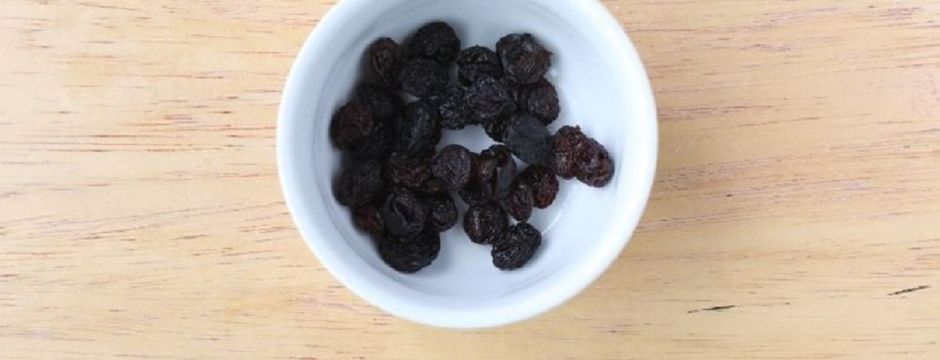
Question 4 of 5
A small box of raisins is better for children’s teeth than chocolate.
Fact
Fiction
All foods and drinks that contain fermentable carbohydrates, including sugars, starches and milk products, can increase the risk of tooth decay. The fermentable carbohydrates can be broken down by the bacteria in your mouth which produces acid, this acid can then dissolve away some of the enamel surface on your teeth leading to decay. Sticky foods that get stuck in the tooth fissures can also cause damage, so make sure you brush them away as soon as possible.
Well done!

Question 5 of 5
Maintaining good dental health is difficult.
Fact
Fiction
Maintaining good oral health doesn’t have to be difficult. If you focus on brushing twice a day, reducing the frequency of eating and drinking and seeing your dentist every 6-12 months or as advised you should be in good shape.
Well done!
Next question
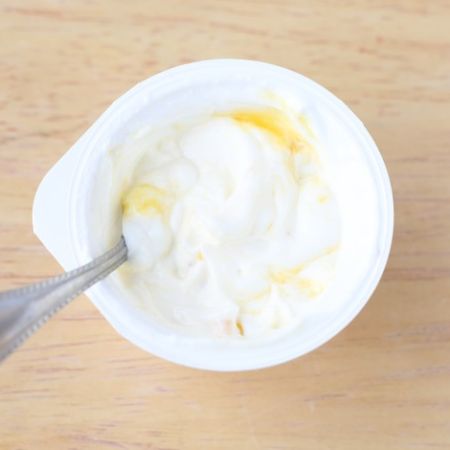
All about children
Can you separate fact from fiction?
All about children
Can you separate fact from fiction?

Question 1 of 5
Fruit yoghurts are full of ‘added’ sugar?
Fact
Fiction
Typically sugars in fruit yoghurt come from the lactose in the milk and fructose in the fruit. Some types of yoghurts contain ‘added’ sugars (known as free sugars) for sweetening which will be listed on the ingredients list as ‘sugar’.
Well done!

Question 2 of 5
I shouldn’t give my children lunchbox treats?
Fact
Fiction
Lunchboxes should be fun and tasty, however avoid falling into the trap of using tempting treats every day. Help your child to recognise treats as ‘sometimes foods’, which can be enjoyed in moderation.
Well done!

Question 3 of 5
A small box of raisins is better for children’s teeth than a bar of chocolate?
Fact
Fiction
All foods and drinks that contain fermentable carbohydrates, including sugars and starches, can increase the risk of tooth decay because the fermentable carbohydrates can be broken down by the bacteria in your mouth which produces acid. This acid can then dissolve away some of the enamel surface or your teeth leading to decay.
Well done!
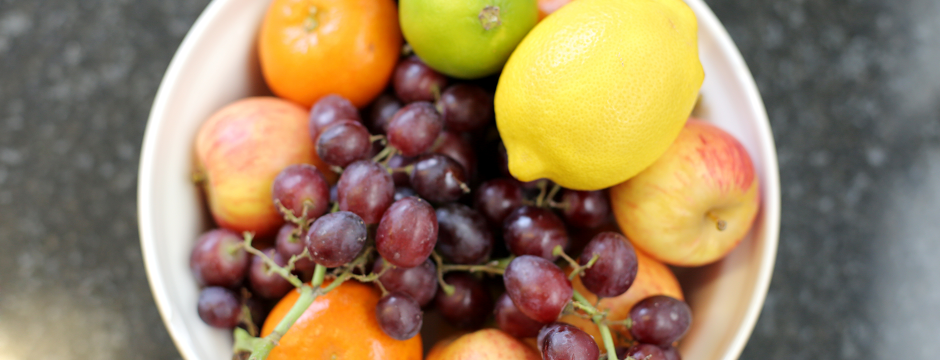
Question 4 of 5
The following foods are a child’s portion of fruit: a) handful of grapes, b) satsuma, c) ½ banana, d) ½ glass of fruit juice?
Fact
Fiction
A child’s portion of fruit is roughly the size of their hand, or ½ of the adult’s portion of 80g.
Well done!
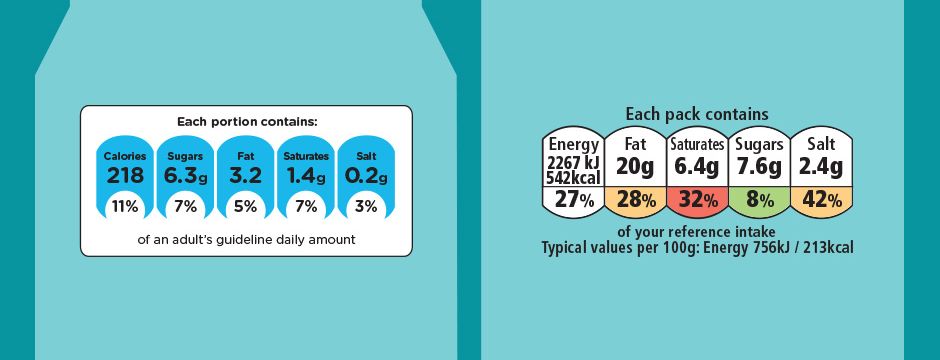
Question 5 of 5
Food labels don’t accurately reflect the amount of sugars in foods and drinks?
Fact
Fiction
The first is the ingredients list which lists out all ingredients used to make the product in order of weight – which also helps you identify the source of the sugars; for example, sugar (table sugar), honey, fruit, milk. The second is on the nutritional information panel which lists out all of the major nutrients which includes sugars. Sugars will be listed as carbohydrates (which usually includes both sugars and starches) and will use the phrase “of which sugars”, while the third is on the front or back-of-pack where you may find a reference intake label, traffic-light label or a combination of the two.
Well done!
Next question
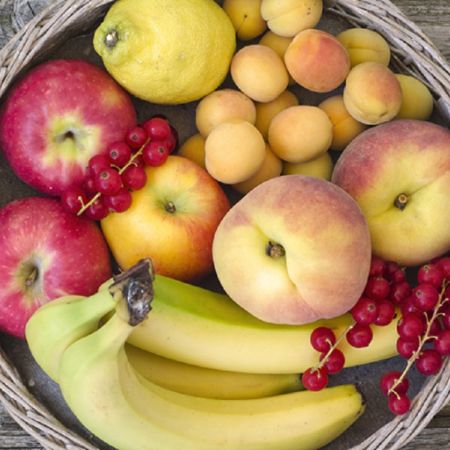
Sugar myths
Can you separate fact from fiction?
Sugar myths
Can you separate fact from fiction?
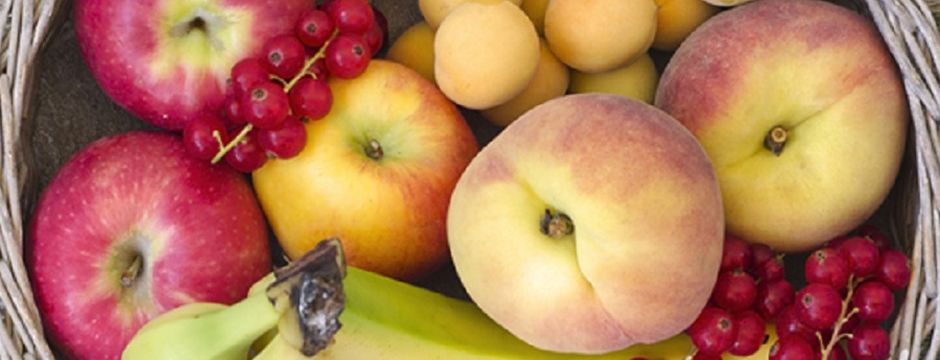
Question 1 of 6
Fruit and vegetables contain different types of sugars.
Fact
Fiction
Sugars are found naturally in a wide range of fruit and vegetables.
Well done!
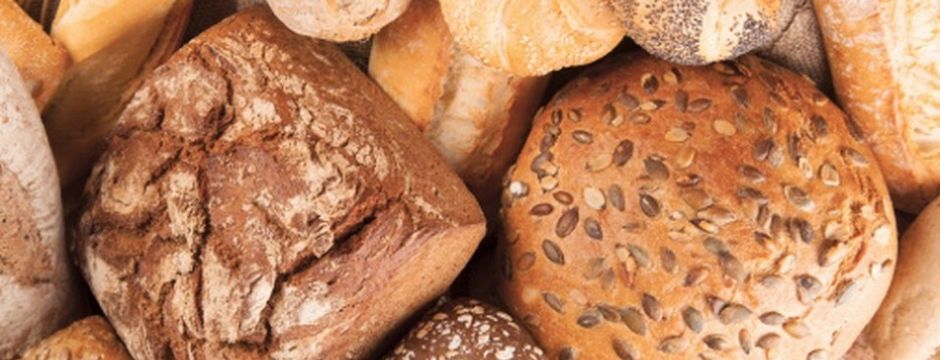
Question 2 of 6
Sugar is only used to sweeten food and drinks.
Fact
Fiction
Sugar performs all kinds of functions in addition to making things sweeter. It provides structure, texture, and flavour and even acts as a preservative.
Well done!
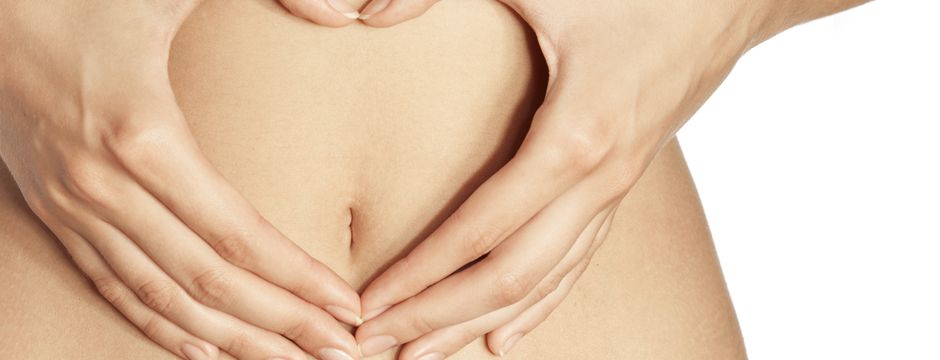
Question 3 of 6
My body doesn’t need sugars
Fact
Fiction
All sugars are carbohydrates that provide energy for the body. The most common sugar in the body is glucose which your brain, major organs and muscles need to function properly.
Well done!

Question 4 of 6
Sugars are hidden in lots of products.
Fact
Fiction
Sugars are clearly listed as ‘sugar’ ‘glucose’ or ‘fructose’ in the ingredients panel on food labels, as well as on the nutritional information panel as ‘carbohydrates – of which sugars’..
Well done!
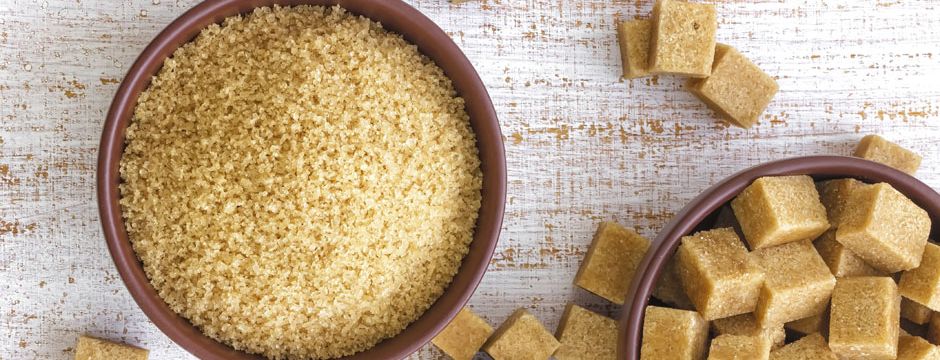
Question 5 of 6
Brown sugar is better for me than white.
Fact
Fiction
No, the body breaks down each type of sugar in exactly the same way, irrespective of where it comes from. Brown and white sugars are both forms of sucrose, which our bodies break down in the same way, and contain the same calories at 4 calories per gram.
Well done!

Question 6 of 6
Sucrose is another name for a type of sugar.
Fact
Fiction
Sucrose is the sugar you have in your kitchen cupboard and is made naturally from sugar beet and sugar cane.
Well done!
Next question
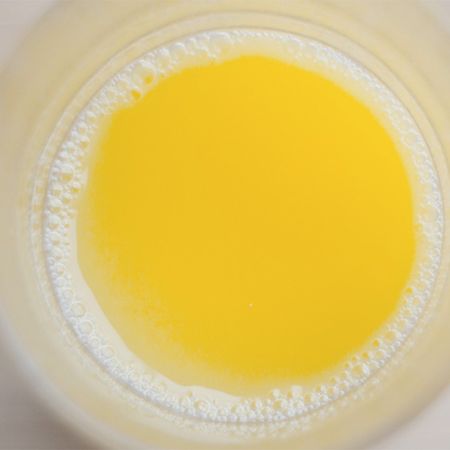
Sugar vs Sugars
Can you separate fact from fiction?
Sugar vs Sugars
Can you separate fact from fiction?
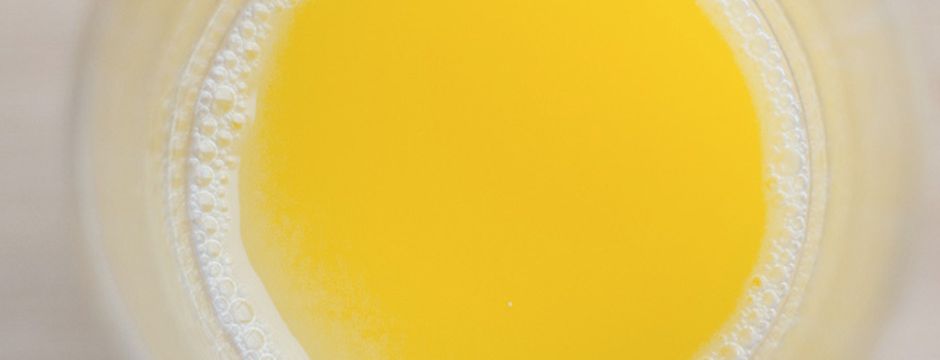
Question 1 of 5
All of the sugars in orange juice come from the oranges themselves?
Fact
Fiction
The sugars are sucrose, glucose and fructose, which are all naturally occurring within the oranges.
Well done!
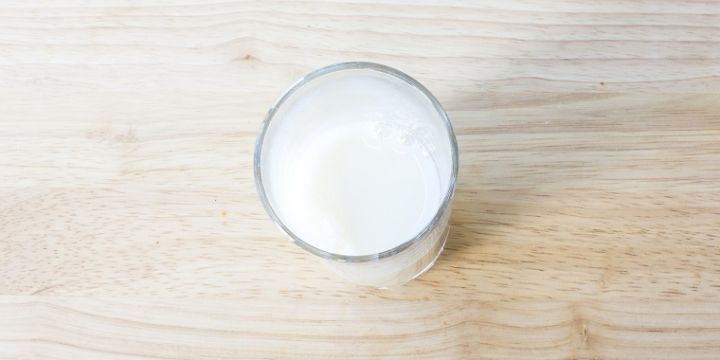
Question 2 of 5
Sugars in milk come directly from the cow?
Fact
Fiction
The sugar is lactose which comes directly from the cow.
Well done!

Question 3 of 5
Bananas contain one type of sugar?
Fact
Fiction
A banana contains three types of naturally occurring sugars: Fructose, Glucose and Sucrose.
Well done!
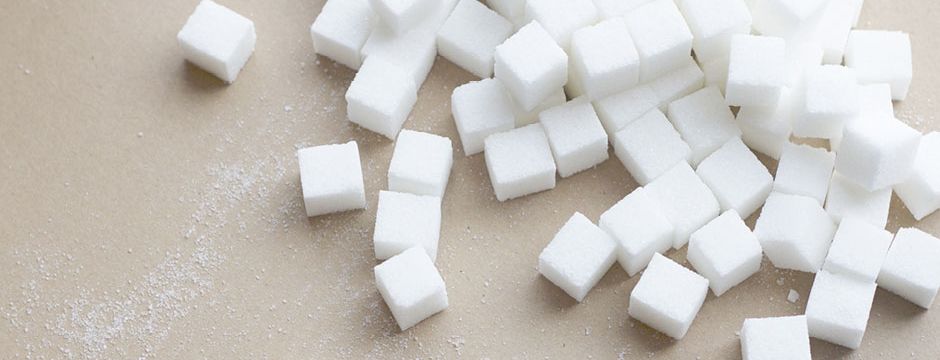
Question 4 of 5
Sugars are hidden in foods?
Fact
Fiction
Sugars are typically displayed in three different areas on your food packaging: Front-of-pack, ingredients list and nutritional information labels.
Well done!

Question 5 of 5
Your body can distinguish between sugars used in processed foods and those found naturally in fruit and vegetables?
Fact
Fiction
The body doesn’t distinguish between sugars used in processed foods or those found naturally in fruit and vegetables. For example, sucrose in an apple is broken down in exactly the same way as the sucrose in your sugar bowl.
Well done!
Next question

Christmas quiz
Do you know where the sugars come from in some of your favourite Christmas food and drinks?
Christmas quiz
Do you know where the sugars come from in some of your favourite Christmas food and drinks?
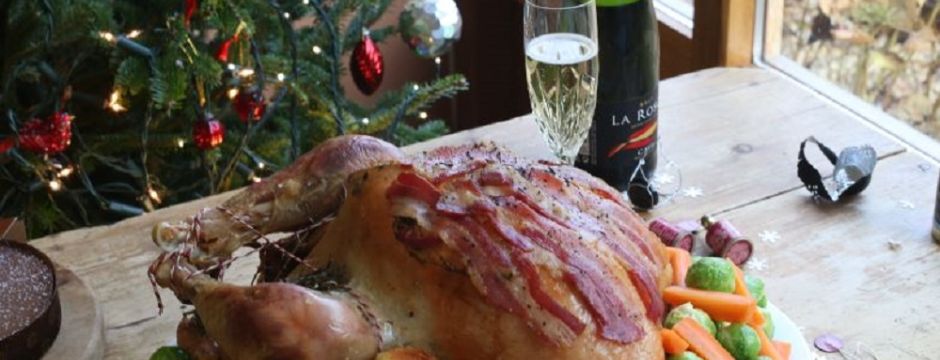
Question 1 of 5
The average person consumes 4,000 calories on Christmas Day.
Fact
Fiction
The average is closer to 6,000 calories. That’s three times the recommended daily amount of calories for an average man (2,500) or woman (2,000) to maintain a healthy weight.
Well done!

Question 2 of 5
Your body can distinguish between the sugars in your Christmas glass of wine and the sugars in an orange.
Fact
Fiction
The body doesn’t distinguish between the sugars in foods and drinks or those found naturally in fruit and vegetables. For example, sucrose in an apple is broken down in exactly the same way as the sucrose in your sugar bowl.
Well done!
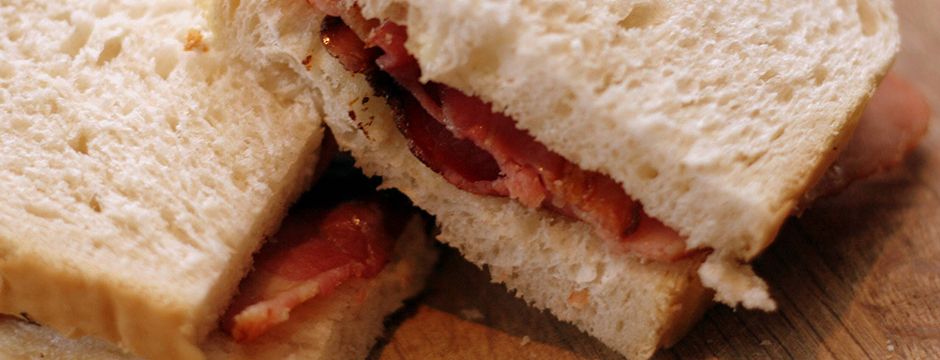
Question 3 of 5
The brown sauce in your New Year’s Day bacon sandwich is full of ‘hidden sugar’.
Fact
Fiction
Sugars are typically displayed in three different areas on your food and drinks packaging: front-of-pack, ingredients list and nutritional information labels.
Well done!

Question 4 of 5
Tortilla chips and salsa are a Christmas party favourite. Most of the sugars in this snack come from the tomatoes in the salsa dip?
Fact
Fiction
The majority of the sugars in the salsa dip come from the fructose in the tomatoes, with a small amount of sugar added for taste. Tortilla chips are made with maize, which contains a low level of sugar.
Well done!
